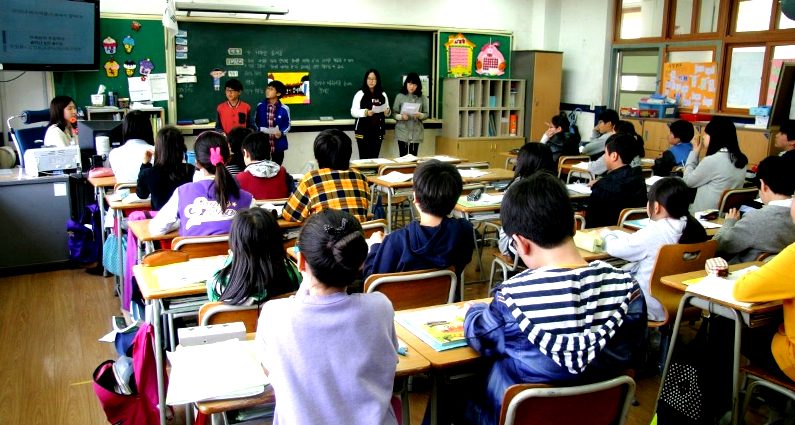The Gyurcsánys are suing again in an education case. They published an announcement about the Hungarian teacher shortage, naturally blaming the government. Of course, they are deeply silent about how Hungarian education and its background were managed to deteriorate during their reign.
We don't claim it, 444 does! His article, published in July 2018, discusses the disastrous operation of the Medgyessy-Gyurcsány-Bajnai government. In the list, we can read only one line about education, but it is all the more telling: "more than 3,000 closed schools and failed villages, more than 10,000 dismissed or humiliated teachers." This was the forward-looking result of the Fletós' progressive education policy. Oh, and the introduction of tuition fees in higher education, let's not miss that either.
If reading their announcement one is not carried away by murderous impulses, it is only due to one's good upbringing. But the question is legitimate: do they still dare to bark?
The Orbán government, on the other hand, has not closed schools, and is trying to make up for the decades-old backlog with a large-scale school renovation program, construction of gymnasiums, the creation of a teacher career path model and significant wage increases. Not to mention the model of the operational background of higher education, cursed by the opposition, which still works in practice.
Everything is very beautiful, everything is very good? Of course not. There is still plenty to do, but not everything can be done at once. There are also dilapidated buildings, insufficient educational aids, and underpaid teachers. However, if the Gy. Ferencs had been able to continue, there might not even be education anymore. (Of course, this is an exaggeration, but following the "started path" they would certainly have reached the "negative peak".)
But while the DK envisions lies as reality, the Hungarian government's assessment of education on the international scene is quite different.
On September 16, 2021, the Organization for Economic Co-operation and Development (OECD) published this year's Education Overview (Education at a Glance 2021: OECD Indicators), which examines the situation of the education systems of individual countries and the challenges they face until May 2021. A prominent part of the 2021 publication is the presentation of the challenges and effects of the COVID epidemic on education.
The findings regarding our country reveal that, based on the OECD analysis, Hungary has taken the same type of measures in education as the most developed countries in the world in order to mitigate the effects of the COVID epidemic and to support students at risk of falling behind in learning. Such was the provision of digital tools and content in order to support access to education, as well as the pedagogical support provided to vulnerable groups of students to help them catch up during the return to attendance education. Based on the report, Hungary is a member of the group of countries that provided targeted support to education actors during the epidemic , for example, the state continuously ensured the conditions of free and discounted meals for children, as well as additional allowances for the work done by teachers working in disadvantaged settlements to prevent dropouts.
It should be noted from the report that only 19 countries provided targeted vaccination programs for teachers, including Hungary.
The OECD publication states that the proportion of 18-24-year-olds not participating in education, training or employment increased somewhat in practically all countries as a result of the epidemic, however, in the case of Hungary this was significantly smaller: while the proportion of these young people in OECD countries averaged It increased from 14.4% to 16.1%, while in Hungary it increased from 14.5% to 15%.
Well, what do they say "over there"? Isn't it a little uncomfortable to face reality?
Stupid question: not for them. If Uncle Reality meets them on the street, they turn their heads and walk to the other side.
(Header image: Interactive education)













